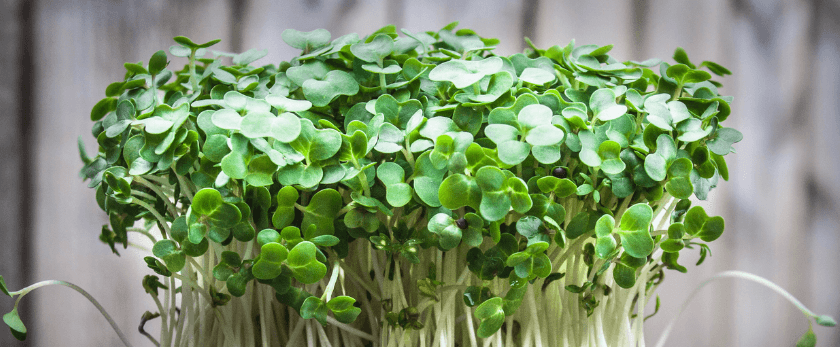Watercress is a versatile and nutritious leafy green that can be easily grown in your own backyard. Not only is it a delicious addition to salads and sandwiches, but it also has numerous health benefits. It is high in vitamins and minerals, and is known for its anti-inflammatory and antioxidant properties. Plus, growing your own watercress is a great way to reduce your carbon footprint and promote sustainable living. In this article, we will discuss how to grow watercress in your own garden, as well as the best time to grow it and common problems you may encounter.
How to Care for Watercress
Watering
Watercress is a water-loving plant, hence its name. It requires consistently moist soil, so make sure to water it regularly. However, be careful not to overwater as this can lead to root rot. The best way to water watercress is to use a drip irrigation system or a soaker hose. This will ensure that the water is evenly distributed and does not disturb the delicate leaves.
Light
Watercress thrives in partial shade, so make sure to plant it in an area that receives at least 4-6 hours of sunlight per day. If you live in a hot climate, it is best to provide some shade during the hottest part of the day to prevent the leaves from wilting.
Soil
Watercress prefers rich, loamy soil that is high in organic matter. It also needs a pH level between 6.0-7.5. If your soil is too acidic, you can add lime to raise the pH level. If it is too alkaline, you can add sulfur to lower the pH level. It is important to test your soil before planting to ensure that it is suitable for watercress.
Fertilizer
Watercress is a heavy feeder and requires regular fertilization to thrive. You can use a balanced fertilizer, such as a 10-10-10, every 2-3 weeks during the growing season. Alternatively, you can use organic fertilizers, such as compost or fish emulsion, to provide the necessary nutrients for your watercress.
Pruning
Pruning is not necessary for watercress, but it can help promote bushier growth and prevent the plant from becoming too leggy. You can trim off any yellow or damaged leaves, as well as any flowers that may appear. This will redirect the plant's energy towards producing more leaves.
What is the Best Time to Grow Watercress
Watercress can be grown year-round in mild climates, but it is best to plant it in the spring or fall when the temperatures are cooler. In colder climates, you can start growing watercress indoors and then transplant it outside once the weather warms up. Watercress is a fast-growing plant, so you can also do successive plantings throughout the growing season to ensure a continuous supply.
Common Problems with Watercress
Pests
Watercress is generally pest-resistant, but it can be susceptible to aphids, slugs, and snails. You can use natural methods, such as handpicking or using a spray of water to remove pests. You can also use organic pest control methods, such as neem oil or insecticidal soap, if the infestation is severe.
Diseases
The most common disease that affects watercress is downy mildew, which is caused by a fungus. This can be prevented by providing good air circulation and avoiding overhead watering. If your watercress does get infected, you can remove the affected leaves and treat the plant with a fungicide.
Bolting
Bolting is when the plant produces flowers and goes to seed prematurely. This can be caused by high temperatures or lack of water. To prevent bolting, make sure to provide enough shade and water regularly. If your watercress does bolt, you can still eat the leaves, but they may be slightly bitter.
Conclusion
Growing watercress is a simple and rewarding experience. By following these care tips and being aware of common problems, you can successfully grow your own watercress and enjoy its delicious and nutritious leaves. Remember to always use sustainable and eco-friendly practices, such as composting and using organic fertilizers, to promote a greener and healthier planet. Happy growing!










